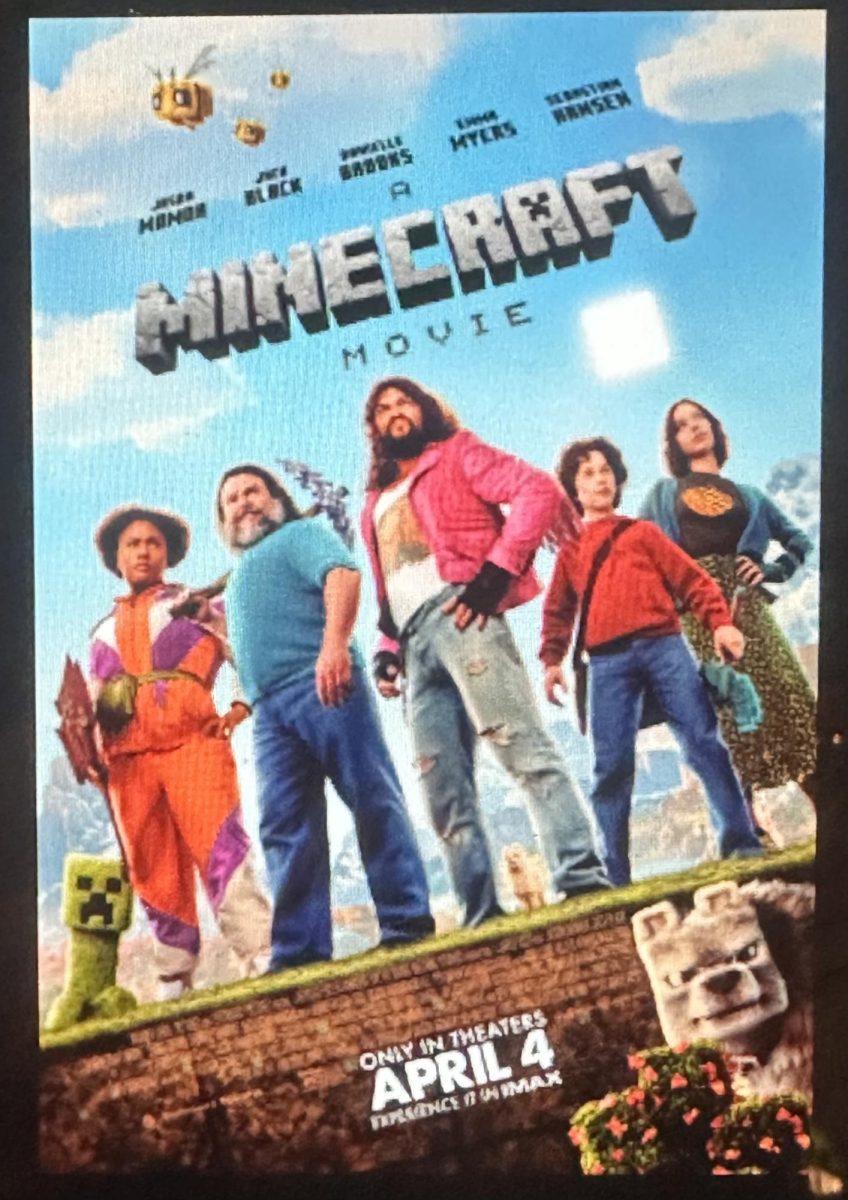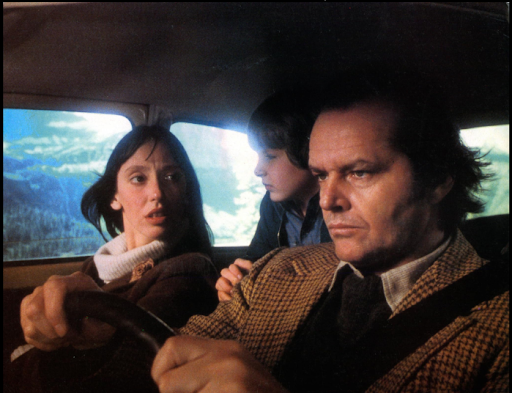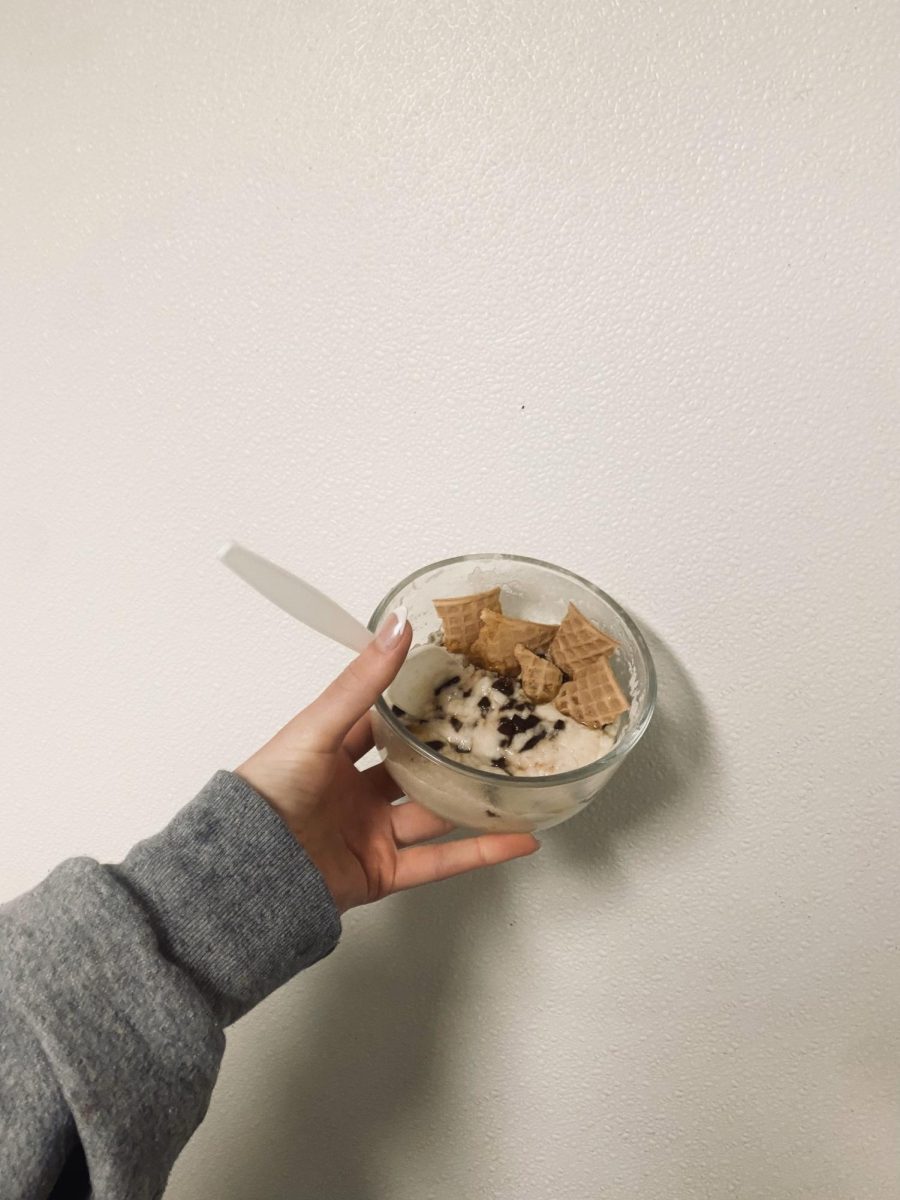If you have been around the reading world for quite some time and especially love the young adult romantic comedy genre, then there is a very large chance you have heard of “To All The Boys I’ve Loved Before” by Jenny Han. This trilogy also includes “P.S. I Still Love You” and “Always and Forever, Lara Jean,” which has amassed a large fanbase with over 905,000 Goodreads ratings on the first book to reach an average of 4.04 stars. There is no doubt that this series is well-loved within the book community, which is why it was adapted into a Netflix film series in August 2018. Han’s other famous trilogy, “The Summer I Turned Pretty,” is currently in production for its third television series on Amazon Prime.
Translating a beloved book into a successful movie is a complex process that involves careful adaptation to fit the cinematic format. Stories in 400-page books cannot fit into a two-hour movie. One script page equals one minute of film, which is approximately 110 script pages, so there must be information that simply needs to be left out. Adapting a book into a screenplay often requires condensing the story and adding new scenes to enhance visual storytelling and tension. The main challenge lies in conveying the character’s internal struggles. Margaux Maxwell, who has both seen the movie and read the book, expresses, “I like the books better because they have more inner monologue and there’s more detail. But the movie is more visual and about the production.” Most internal dialogue needs to be cut out, which leaves readers who watch the movie a little disappointed because arguably one of the best parts about reading is getting inside your character’s head. Additionally, the structure of the story may need to be adjusted to meet the expectations of a film audience and the viewers who haven’t read the book. This may lead to changes in the ending to create a more satisfying cinematic conclusion. Sophie Craig has seen the movie but has not read the book. When asked if she would be interested in reading the book after watching the film, she said, “I love reading books that are also movies, so yes. I would want to see where the differences are in comparison to the book and see what made the movie screen and what didn’t. Therefore, I could rate the movie yet again and see if the book or movie was better. Another thing could be the book could help explain small niche details I could have missed in the movie, like easter eggs I missed, and that’s always a fun adventure.” It is up to preference if you enjoy the book or movie version better, but if you only watch the movie, you are undoubtedly missing out on small details in the physical book that contributes to its essence and character.
When trying to include significant details from a book in a film, it comes at the expense of omitting small details or making slight changes. However, while not essential for the plot, these scenes can drive character chemistry and engage us in the story. Overall, the adaptation of the TATBILB books into movies is relatively accurate. Yet, book fans can not help but miss some memorable moments—for example, the car accident scene. In the book, when Laura Jean gets into a car accident, Peter Kavinsky sees her and pulls over to ensure she’s okay. This is essential because it shows that even though Peter and Laura Jean are no longer friends, he still cares about her safety. In the movie, Laura Jean is in the parking lot when she almost backs into Peter. He then knocks on her window, and they share an awkward encounter. Fortunately, as the movie/book progresses, the tension between Peter and Laura Jean resolves. In the book, they connect on a road trip to an estate sale. They get to know one another better, like their favorite foods and his mom’s antique business. After a successful trip, Peter thanks Laura and invites her for dinner the next day. This scene isn’t in the movies at all, which is a shame because we don’t get to see a moment between Peter and Laura Jean that doesn’t focus on their fake relationship. Yet, something goes wrong when things finally get real between Peter and Laura Jean. While Christmas decorating with Lara Jean, Josh Sanderson questioned why she didn’t tell him about her feelings for him. Lara Jean explains that it wouldn’t have changed anything and that he was just jealous of Peter. Josh disagrees, but Lara claims she knows him because he’s predictable. Josh then kisses her, but she pushes him away. Josh doesn’t kiss Laura Jean in the movies. When asked her thoughts on how adding this scene would affect the film, Craig said, “I think having it in the movie would definitely add and stir up the drama. It would possibly take the movie in an entirely different direction, which might be a direction the directors didn’t want. Adding this in could have been a big hit or a miss, and they just didn’t want to take that chance.”
Adapting a book into a movie is challenging because there’s a source to compare it to. Viewers already know what’s to come, and when their expectations aren’t met, it leads to bad publicity. It is impossible to make everyone happy, but Maxwell advises, “If the books were so successful that they decided to write a movie, then they need to keep it like the book.”
Sources:
https://www.businessinsider.com/to-all-the-boys-ive-loved-before-netflix-movie-changes-book-2018-8#lara-jean-gets-her-happy-ending-7
https://www.buzzfeed.com/ehisosifo1/to-all-the-boys-ive-loved-before-book-movie-differences
https://www.writersdigest.com/write-better-fiction/take-two-how-to-adapt-a-book-into-a-screenplay#:~:text=As%20a%20general%20rule%2C%20keep,struggles%20defines%20a%20successful%20adaptation
https://www.goodreads.com/book/show/15749186-to-all-the-boys-i-ve-loved-before
https://www.goodreads.com/author/show/151371.Jenny_Han
https://www.vulture.com/2018/08/all-the-boys-ive-loved-before-book-to-movie-changes.html





